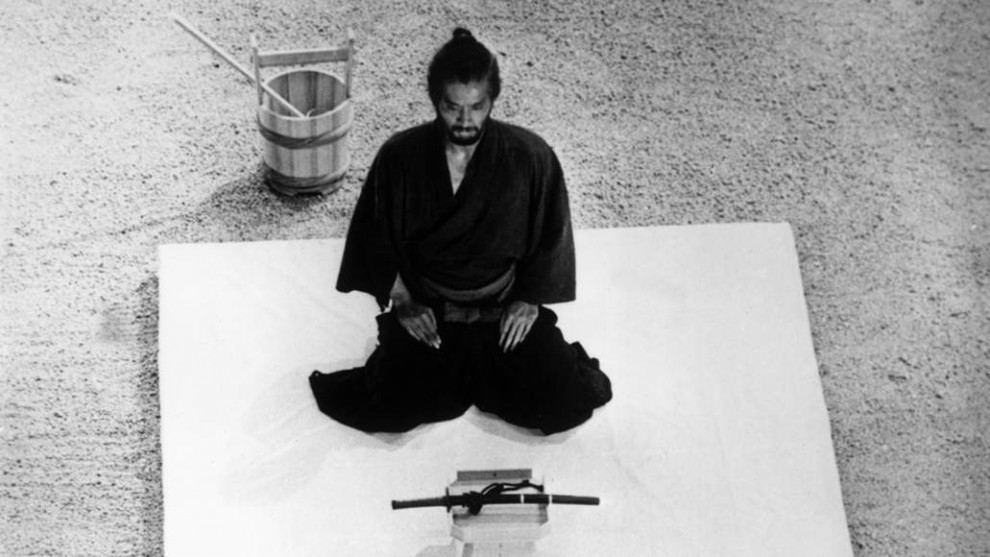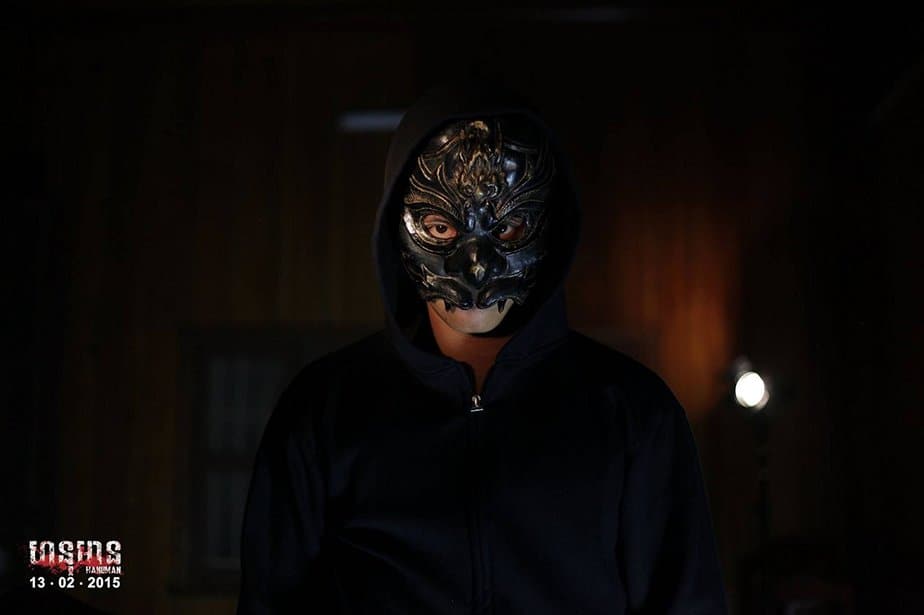After the completion of his “The Human Condition”-trilogy in 1961 with “A Soldier's Prayer”, Japanese director Masaki Kobayashi expressed interest in doing a samurai film, a jidaigeki. In retrospect, a director whose theme has always been the relationship of the individual and the system, the time and age could not have been better for a closer focus on that subject within a more historical context. Considering the following years would have re-discover the genre as a means to explore repressive regimes, codes and how these influence society and the character of a person, “Harakiri” fits perfectly in this time of Japanese cinema. Even though Kobayashi's approach respects the tradition of the genre, there is an undeniable link to the times, the increasing sense of frustration with an inhumane system, which, in the end, makes his film one of the classics within Japanese film.
Buy This Title
The story takes place in 1630 in Edo as a masterless samurai, a ronin named Tsugumo Hanshiro (Tatsuya Nakadai) comes to the gates of Li clan asking for permission to commit seppuku in the castle's courtyard. While the leaders of the clan respect his wish, they also tell him a story about a young samurai, who had arrived at their gates several months before with the same request which, as they suspect, was just an extortion tactic to receive some money from the clan. However, Hanshiro puts their minds at rest, stressing the sincerity of his desires to commit ritual suicide since his current state as a poor warrior is something he cannot bear any longer.
However, as the ritual proceeds, the clan's leaders and retainers gather around the courtyard, Hanshiro reveals he indeed knows about the fate of the young samurai called Chijiiwa Motome (Akira Ishihama). As the day progresses, he begins telling the story of his connection with the young man and the clan's elders begin to suspect a hidden agenda in Hanshiro's arrival, perhaps even a quest for revenge.
Although the 1960s and 1970s within the Japanese film industry are defined by cinematic studies of oppressive systems and their true nature, Kobayashi's “Harakiri” deserves a special place within that range of narratives. Similar to Akira Kurosawa's approach in “Rashomon”, he employs a distinct situation – Hanshiro's desire to commit harakiri, or seppuku – as the framework for the story, resulting in a structure exploring the reasons that brought him to the castle's gates this fateful day. Much of the story's suspense lies in the artful and quite clever use of flashbacks, revealing little by little, more of the strange man's backstory, each puzzle piece shedding more light into the net of guilt, intrigues, malice and moral corruption forcing men like Hanshiro and Motome to take such drastic action.

In general, even today's audiences will likely connect to the deeply human approach Kobayashi's film and therefore Shinobu Hashimoto's script employ within their storytelling. Whereas the image of the martial war armor shown at the beginning and end of the film evokes the image of the powerful, honorable samurai, we are repeatedly referred back to the harsh reality of the ronin, the poverty, their desperation and depression being without a master. While the story Hanshiro tells is quite heartbreaking and tragic, while also filled with scenes of sincere warmth, joy and empathy, the world of tradition, the men observing a former warrior about to commit suicide seem to be devoid of any emotion other than faint disgust, even impatience, for his story prolongs the “ceremony”.
Visually, the majority of the film seems to reflect Japan's rich tradition in drama and theater. Cinematographer Yoshi Miyajima, who also worked on “The Human Condition”-trilogy, often uses sparse camera movement, almost static compositions which often seem to resemble the setting as a kind of stage, an approach quite fitting given the existential issues discussed in the film. For example, the central image of Hanshiro in the courtyard about to perform seppuku becomes a wider metaphor for an individual forced to destructive, desperate acts because of a deeply misanthropic system more focused on following a protocol than showing emotions like empathy.
In conclusion, Masaki Kobayashi's “Harakiri” not only remains a classic of Japanese cinema, but a transcendent piece of storytelling about the need for humanity in a world content to follow codes and traditions. Supported by powerful performances and brilliant cinematography, “Harakiri” tells one of the greatest, most relatable stories in cinema, in general.
“Harakiri” is screening at London East Asia Film Festival
















